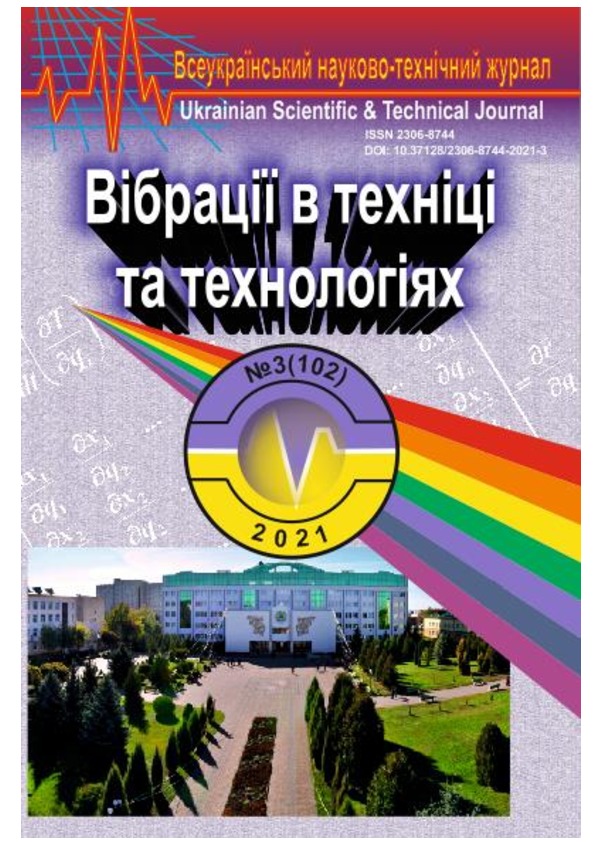id: 30684
Title: Creation of electric conductive coatings using gas-dynamic spraying
Authors: Gaidamak O. Matviychuk V.
Keywords: gas-dynamic coatings, spraying, electrically conductive coating, spraying coefficient.
Date of publication: 2022-02-14 12:16:19
Last changes: 2022-02-14 12:16:19
Year of publication: 2021
Summary: The article presents the results of research on the processes of creating conductive coatings based on copper and aluminum in order to determine the interaction of components on each other during cold gas-dynamic spraying (CGDS) and substantiate the method of introducing an additional component to obtain the desired composite coating. In particular, under conditions when the copper sputtering coefficient is almost zero (at a working air temperature of 300 °C), it is the search for the experimental dependence of the sputtering coefficient on the percentage of copper and aluminum powders in the sprayed mixture, determining their residual content in the coating and then calculating based on these data, the sputtering coefficients of copper and aluminum. The CGDS method obtained samples with composite coatings from mixtures of aluminum and copper powders at different initial mass concentrations of aluminum (from 0 to 100%, in increments of 10%) Other things being equal (air pressure 0,6 MPa, air heating temperature 300 ° C). The spraying ratio of the mixture and the residual content of the components in the obtained composite coatings were measured. Data on the residual content of the components in the coating allows you to select the composition of the source powder required to obtain a given content of components in the coating. The dependences of the sputtering coefficients of copper and aluminum on the mass content of aluminum in the sprayed mixture are found. At an initial concentration of aluminum less than 66%. the coefficient of copper sputtering is higher than the coefficient of sputtering of aluminum. Both increase monotonically with increasing aluminum concentration until it reaches 61%. At high concentrations of aluminum (more than 66%) the spray coefficients of copper, aluminum and their mixtures coincide. The obtained data
on the residual content of the components in the coating allows you to select the composition of the source powder required to obtain a given content of components in the coating. For example, the maximum residual copper content (~ 95%) can be obtained by
adding to the source powder 30-40% aluminum. The obtained results confirm the interaction of the components on each other and justify the method of introducing an additional component to obtain a composite coating containing a component that is difficult to spray
URI: http://repository.vsau.org/repository/getfile.php/30684.pdf
Publication type: Статті у наукових фахових виданнях України (Copernicus та інші)
Publication: Вібрації у техніці та технологіях. 2021. № 3 (102). С. 72-80.
In the collections :
Published by: Адміністратор
File : 30684.pdf Size : 1598059 byte Format : Adobe PDF Access : For all

| |
|
|